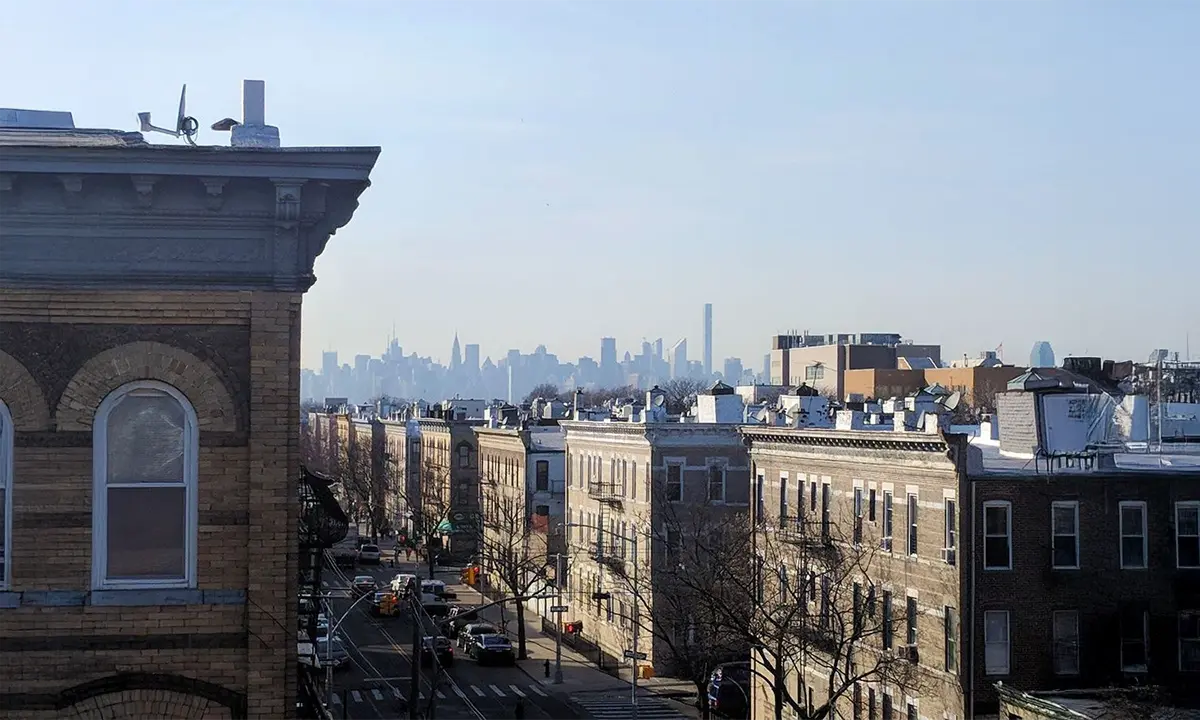Best National Parks to Visit in the US That Are Actually Worth the Trip
April 14, 2025
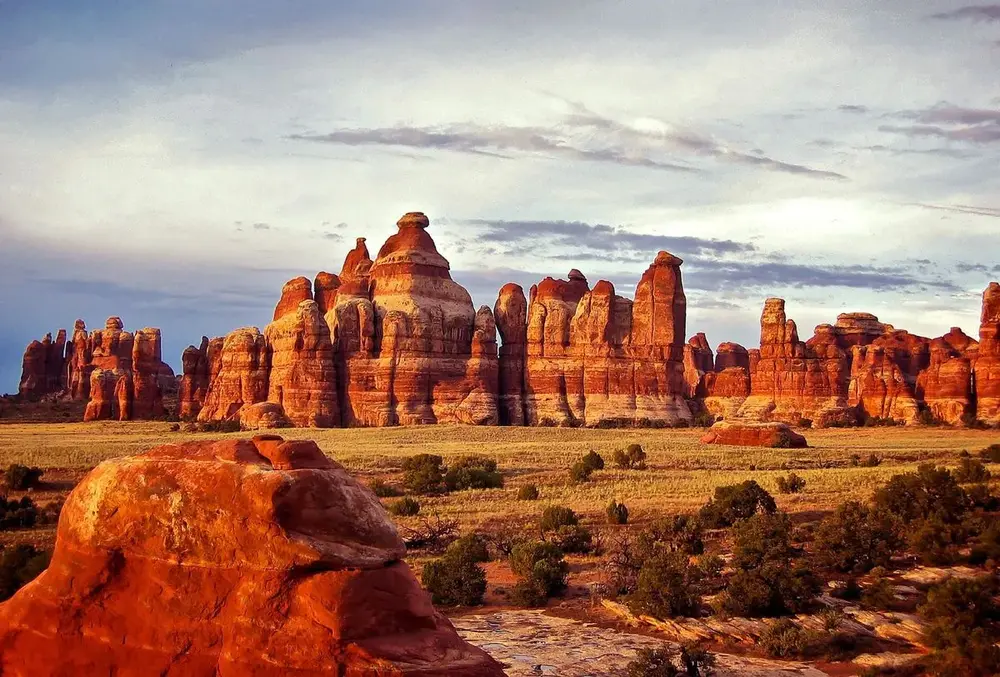
Not every national park is for everyone. Some are wide open and quiet. Others are crowded but full of big views. The best national parks to visit in the US are the ones that fit your pace, your season, and your reason for being outside. This list includes places with real variety. Each one offers something that lasts longer than a few photos.
Every Park Covered in This List
- Yellowstone National Park – Wyoming, Montana, Idaho
- Yosemite National Park – California
- Grand Canyon National Park – Arizona
- Zion National Park – Utah
- Glacier National Park – Montana
- Grand Teton National Park – Wyoming
- Acadia National Park – Maine
- Olympic National Park – Washington
- Great Smoky Mountains National Park – Tennessee and North Carolina
- Arches National Park – Utah
- Pick a Park That Matches How You Travel
Yellowstone National Park – Wyoming, Montana, Idaho
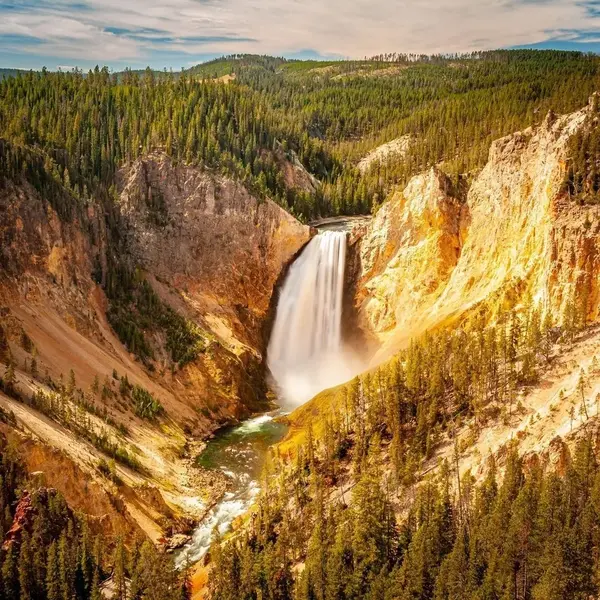
Yellowstone is the first national park in the US and often called the first in the world. It was established in 1872. The park stretches across parts of three states, but most of it sits in Wyoming. It is known for geysers, hot springs, and thermal features, but there is more to it than that. Yellowstone sits on top of a supervolcano, and the geothermal activity shapes nearly everything in the park.
You’ll see geysers like Old Faithful, colorful pools like Grand Prismatic Spring, and mud pots that boil next to snowbanks in the spring. There are also wide valleys where bison and elk roam, and if you’re patient, you might see wolves or grizzlies. The hiking ranges from easy loops to multi-day backcountry routes.
The best time to visit Yellowstone is from late May through mid-September. Roads are fully open, and the weather is more stable. July and August are the busiest months, so early June or early September are better if you want fewer people. If you visit too early or too late in the season, roads may be closed due to snow. Yellowstone is best for people who like variety — wildlife, geology, hiking, and photography all work here.
Yosemite National Park – California
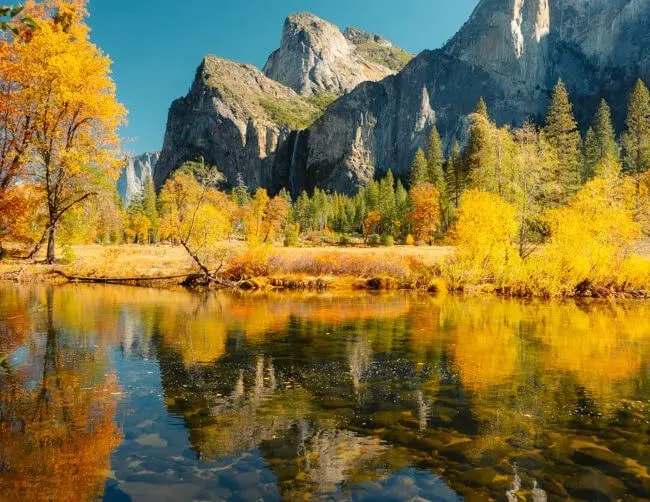
Yosemite was established in 1890 and has become one of the most photographed parks in the country. Located in the Sierra Nevada mountains of California, it is known for granite cliffs, waterfalls, and old-growth forests. The Yosemite Valley is the center of attention. That’s where you’ll find El Capitan, Half Dome, and Yosemite Falls.
Much of the valley is driveable, and you can see major landmarks without hiking far. But there’s also a lot of hiking. Trails like the Mist Trail, the hike to Half Dome (with a permit), and the John Muir Trail give you access to quieter areas. Outside the valley, places like Tuolumne Meadows and Glacier Point offer more space and fewer crowds.
Late spring to early fall is the best time to visit. Waterfalls are strongest in May and June. By late summer, they can slow down, but the trails are clearer and drier. Winter is peaceful but limited — many roads are closed and snow chains are often required. Yosemite is best for people who want big views, strong day hikes, and easy access to dramatic landscapes.
Grand Canyon National Park – Arizona
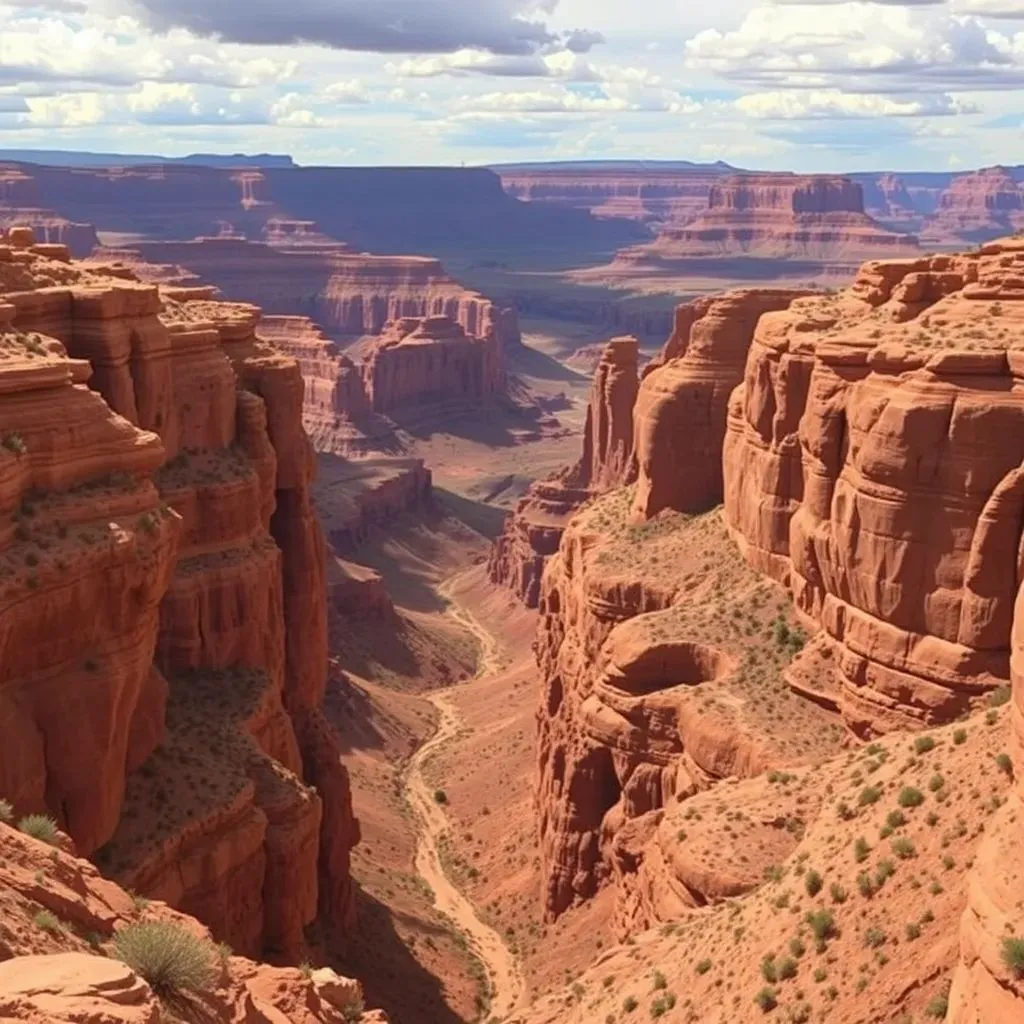
The Grand Canyon has been shaped by the Colorado River over millions of years. It was declared a national park in 1919, but it had federal protection before that. The canyon is over 270 miles long and up to 18 miles wide. What stands out is the scale. It is not just one view. It is layers of rock, time, and light that shift with every hour.
Most visitors stick to the South Rim, which is open year-round and has the most facilities. The North Rim is quieter and cooler, but only open from May to October. Popular stops include Mather Point, Bright Angel Trail, and Desert View Watchtower. You can hike into the canyon, but the climb back out is tough. There are mule trips and rafting tours too, but they book early.
The best time to visit the Grand Canyon is from March to May or September to November. These months offer cooler temperatures and fewer crowds. Summer brings the most people and the most heat. Winter can be quiet and beautiful with snow on the rim. The Grand Canyon is best for people who want to feel small in a good way, and who don’t mind just standing still and looking for a while.
Zion National Park – Utah

Zion became a national park in 1919. It is the most visited national park in Utah and one of the most popular in the country. The main feature is Zion Canyon, where red and orange sandstone walls rise on both sides of the Virgin River. Most of the action happens along Zion Canyon Scenic Drive, which uses shuttle buses from spring through fall to manage traffic.
Zion is known for two hikes — Angels Landing and The Narrows. Angels Landing is a steep, exposed trail with chains to help you climb near-vertical rock near the top. It now requires a permit. The Narrows is the opposite. You walk through the river itself, between canyon walls that are hundreds of feet tall. It is cold, wet, and unforgettable.
Spring and fall are the best times to visit. Summer can be dangerously hot, especially in the exposed canyon. Winter is quiet but many trails are icy. Zion is best for hikers who like physical challenge and strong visuals. It is not a casual park unless you stay in the valley. But for people who like narrow paths and steep views, this one stands out.
Glacier National Park – Montana
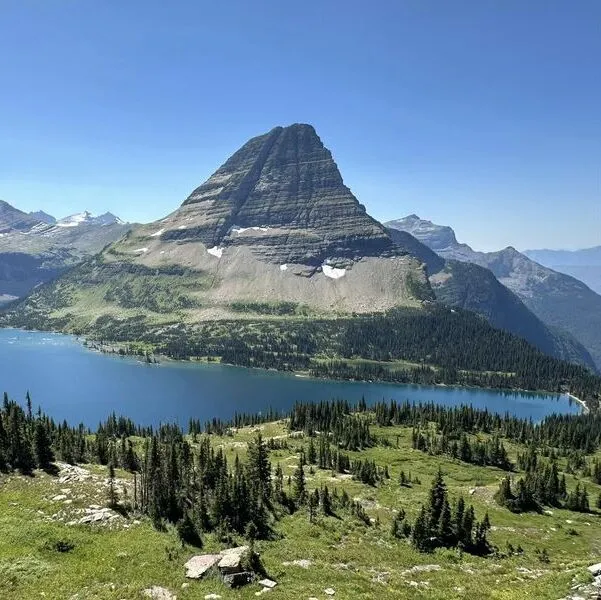
Glacier was established in 1910 and sits on the Canadian border. It shares an ecosystem with Canada’s Waterton Lakes National Park, forming the Waterton-Glacier International Peace Park. Glacier is known for alpine lakes, rugged peaks, and what’s left of the glaciers that gave it its name. There were over 100 glaciers when the park was formed. Now, fewer than 25 remain.
The Going-to-the-Sun Road is one of the most scenic drives in the US. It cuts across the park with views of mountains, valleys, and wildlife. Hikes like Grinnell Glacier, Highline Trail, and Avalanche Lake give you a close look at what the park has to offer. Wildlife includes mountain goats, bighorn sheep, bears, and moose.
The best time to visit Glacier is late June through early September. That’s when the road is fully open and trails are mostly snow free. July and August are busiest, and lodging inside the park fills quickly. September has fewer crowds and golden larch trees. Glacier is best for people who want long hikes, remote views, and cooler air. It feels less developed than many other parks, which is part of the draw.
Grand Teton National Park – Wyoming
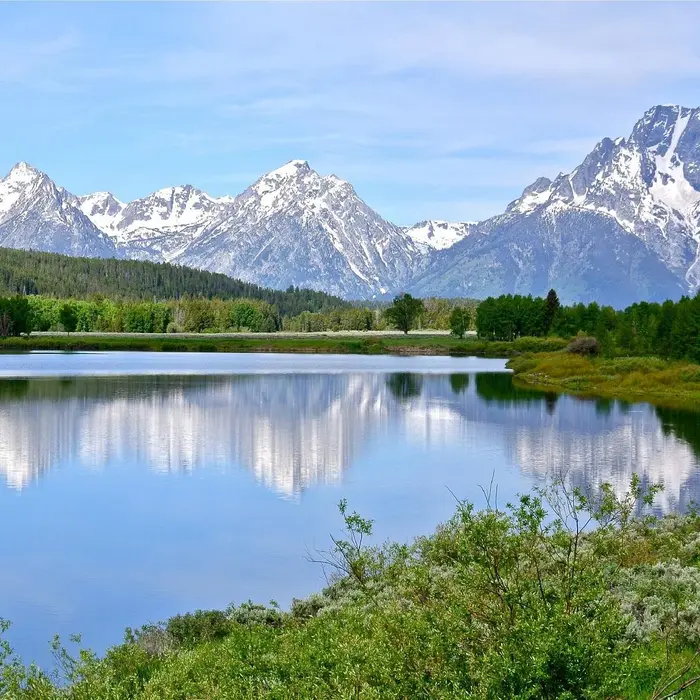
Grand Teton National Park sits just south of Yellowstone but has a different mood. It was established in 1929 and later expanded to include the valley floor. The park is named after the Teton Range, a line of sharp, steep mountains that rise straight up from flat land with no foothills. There are no giant geothermal features here. It’s about the mountains, the lakes, and the quiet between them.
The Snake River runs through the park, and you’ll see it bend under big skies. Hikes like Cascade Canyon, Taggart Lake, and Phelps Lake are doable for most people. More advanced hikers go for Paintbrush Divide or the climb to Static Peak. Moose, elk, and bears are common. Sunrise and sunset feel different here — the mountains catch the light in a clean, hard way that sticks with you.
Late spring through early fall is the best time to visit. Snow lingers well into June, and some trails stay blocked until early July. The crowds are lighter than Yellowstone, but not by much in midsummer. September might be the best month — cool air, yellow aspens, fewer people. Grand Teton is for people who like big views without needing big crowds to find them.
Acadia National Park – Maine
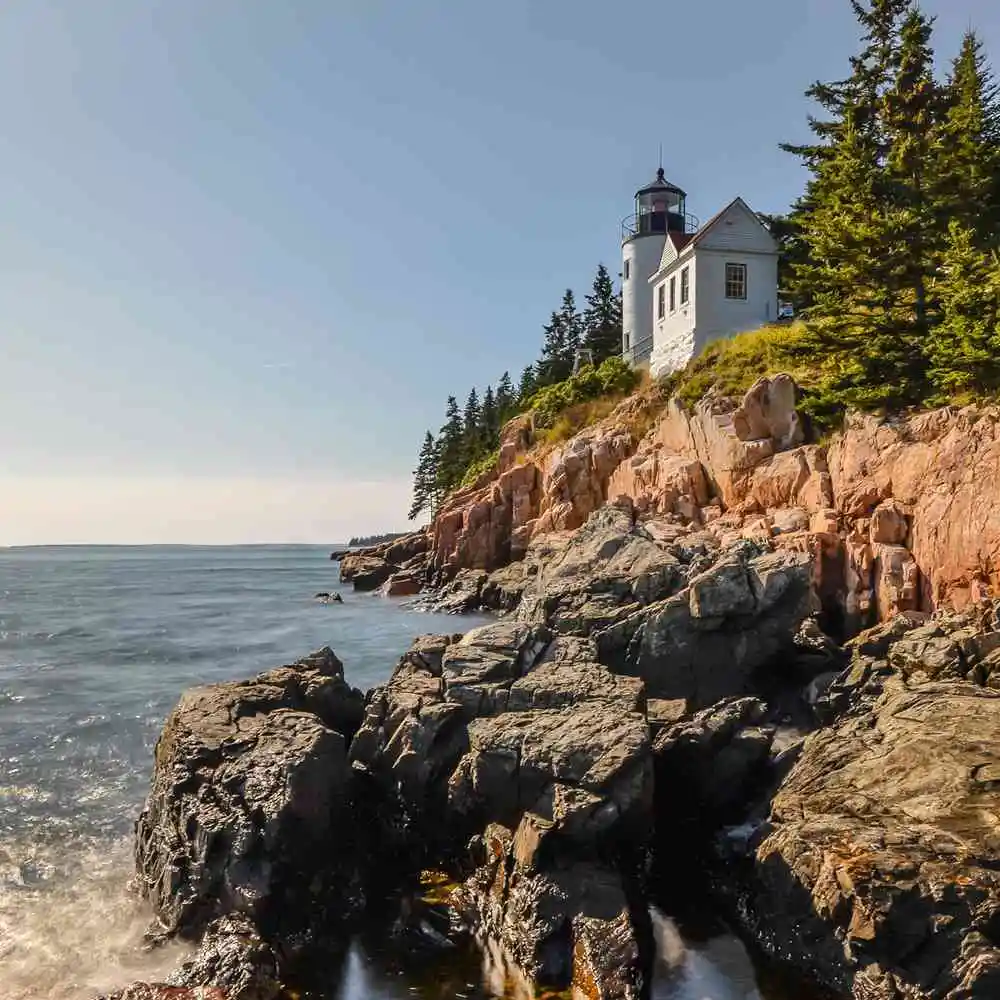
Acadia is the only national park in the northeastern US. It was established in 1916 and shaped by private conservation efforts from people like George Dorr and John D. Rockefeller Jr. It sits on Mount Desert Island and includes rocky beaches, granite peaks, and dense forest. The Atlantic Ocean is always near. The weather is coastal, the pace is slower, and fog often drifts through in the early hours.
Cadillac Mountain is the most famous spot — it’s one of the first places to see sunrise in the US. You can drive to the top or hike it. Other hikes like Beehive and Precipice are short but steep, with iron rungs and great views. The park has a loop road, small carriage roads for biking, and spots like Sand Beach and Jordan Pond for quiet walks.
The best time to visit Acadia is from late May to early October. Fall is especially popular because of the foliage. Summer is busy, but temperatures stay comfortable. The park feels manageable. You can spend three days here and leave feeling like you saw what you came for. Acadia is best for people who want ocean air, short hikes, and a mix of forest and rock.
Olympic National Park – Washington
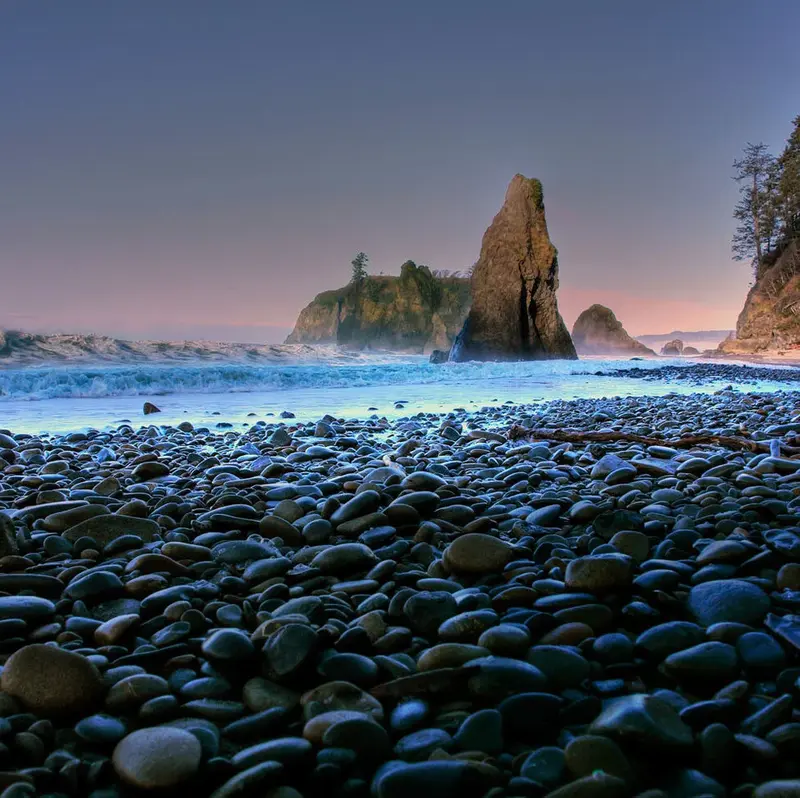
Olympic is one of the most diverse national parks in the country. It was established in 1938 and sits on the Olympic Peninsula in western Washington. Within one park, you get alpine peaks, rainforests, and Pacific coastline. The variation in climate and terrain is real — you can be in the snow, under moss-covered trees, and on a beach in the same day.
Hoh Rain Forest is one of the most recognizable parts of the park. It’s quiet, green, and always damp. Trails like Hall of Mosses are easy to walk but feel strange in the best way. The Hurricane Ridge area gives you mountain views and snowfields. Down on the coast, Rialto Beach and Second Beach offer driftwood, tidepools, and sea stacks.
Olympic can be visited year-round, but summer is the most reliable. Rain and snow block many trails from October through May. July through September give you access to most of the park. Olympic is for people who like variety and don’t mind shifting weather. It’s not always predictable, but it’s always memorable.
Great Smoky Mountains National Park – Tennessee and North Carolina

The Smokies are the most visited national park in the US, and they’ve held that title for years. The park was established in 1934 with land donations and federal support during the Great Depression. It spans the border between Tennessee and North Carolina and is known for its soft ridgelines, deep forests, and old cabins left behind from before the park existed.
Cades Cove is one of the most visited areas. It’s a wide valley loop where you can spot deer, black bears, and old churches. Clingmans Dome is the highest point in the park and has a short paved walk to a lookout tower. Hikes like Alum Cave, Chimney Tops, and Abrams Falls are well-used and easy to reach. There’s also a section of the Appalachian Trail running through.
The best time to visit is fall, from late September to early November. The trees change color, the air is cooler, and the light feels sharper. Spring is good too — fewer people, more wildflowers. Summer brings crowds and haze. The Smokies are best for people who want to slow down, walk through history, and stay near small towns like Gatlinburg or Cherokee.
Arches National Park – Utah
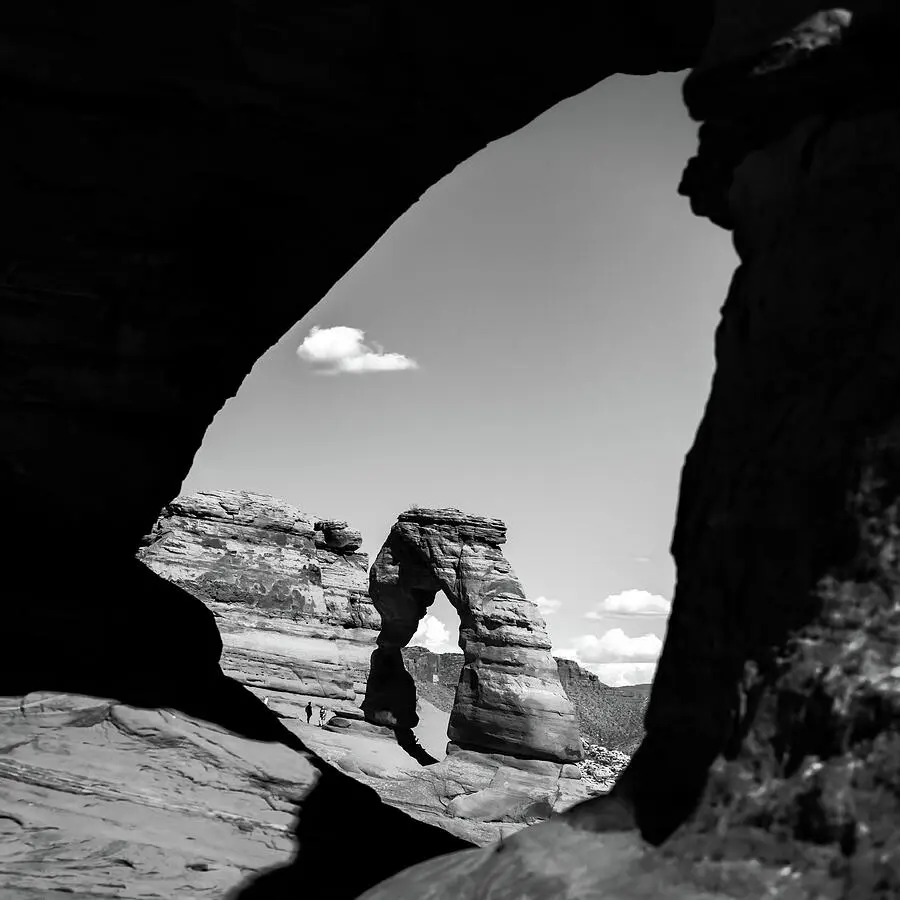
Arches is not a big park, but it leaves a strong impression. It became a national park in 1971 and is known for exactly what its name says — natural arches. The landscape is full of red rock, strange formations, and sculpted sandstone. Delicate Arch is the most famous, but there are over 2,000 documented arches in the park.
The main road takes you through the park in a loop. You can see a lot from the car, but short hikes like The Windows, Sand Dune Arch, and Double Arch give you more of the space. Delicate Arch is a longer hike, exposed to the sun, but worth it if you’re up for it. Early morning and late afternoon are the best times for light and temperature.
Spring and fall are the best times to visit Arches. Summer heat can hit over 100 degrees and makes mid-day hiking tough. Winter is quiet but icy in spots. The park gets crowded even in shoulder seasons, so early starts help. Arches is best for people who like open land, simple hikes, and wide views that look like another planet.
Pick a Park That Matches How You Travel
These parks are different in more ways than just the landscape. Some are about quiet space. Others are about long hikes, sharp views, or just slowing down. You do not need to see everything in one trip. One good trail can be enough. One morning with the right weather can do more than a whole itinerary.
Think about what kind of trip you want. Some parks reward stillness. Others reward movement. Some are better in fall, some in spring. A few feel too crowded in summer, and a few only come alive once the snow melts.
The best national parks to visit in the US are the ones that make sense for you, right now — not just the famous ones or the biggest ones. The right season, the right pace, and the right reasons matter more than a list. And once you find that fit, it sticks with you.



